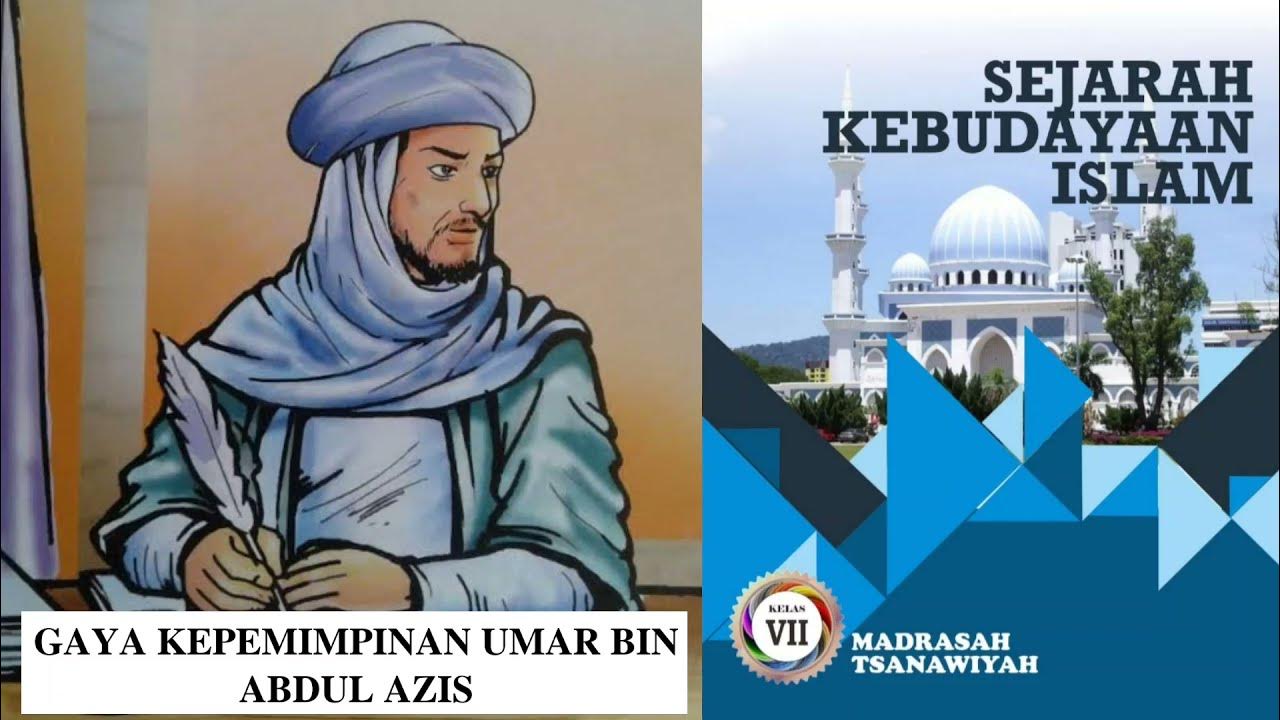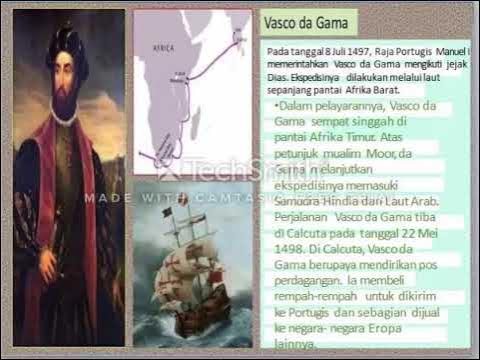MATERI KULIAH: KODIFIKASI AL QUR'AN
Summary
TLDRThis video provides a comprehensive exploration of the historical process of Quranic codification. It begins with the preservation of the Quran during the time of Prophet Muhammad (SAW), highlighting both oral memorization and written documentation. The video then covers key stages, including the compilation efforts by Abu Bakr As-Siddiq after the Battle of Yamamah and the standardization under Uthman ibn Affan to prevent discrepancies in recitation. Finally, it traces the journey of Quranic printing from the first print in Venice in 1537 to modern-day mass printing, demonstrating the ongoing effort to preserve and distribute the Quran globally.
Takeaways
- 😀 The concept of codification is explained as the process of organizing various regulations or rules into a systematic framework, such as compiling laws into a legal code.
- 😀 The early history of Quran codification began during the life of Prophet Muhammad (PBUH), who used both memorization and writing to preserve the Quran.
- 😀 Prophet Muhammad (PBUH) was noted for his extraordinary memory, which allowed him to memorize the Quran as it was revealed, and his companions followed suit.
- 😀 Several companions of Prophet Muhammad (PBUH), including Ibn Mas'ud, Abu Darda, and Ubayy bin Ka'b, were known for their strong memorization skills and their roles in preserving the Quran.
- 😀 The Quran was documented both through memorization and writing, with written records often on materials like palm leaves, bones, and parchment.
- 😀 During the caliphate of Abu Bakr al-Siddiq, the Quran was compiled into a single manuscript after the Battle of Yamama, where many Quranic memorizers were martyred.
- 😀 Initially, Abu Bakr hesitated to compile the Quran, but was persuaded by Umar ibn al-Khattab, who foresaw the risk of losing the Quran with the death of many memorizers.
- 😀 Zayd ibn Thabit, a trusted companion of the Prophet and the last to document the Quran, was tasked with collecting the Quranic text under the caliphate of Abu Bakr.
- 😀 The Quran was further standardized under the caliphate of Uthman ibn Affan, who ordered the creation of standardized copies of the Quran to resolve discrepancies in recitation across the growing Muslim empire.
- 😀 The Quran was first printed in 1537 in Venice, Italy, and since then, its printing has expanded worldwide, with millions of copies being produced and distributed, especially in the modern era.
Q & A
What does 'Kodifikasi' mean in the context of the Quran?
-Kodifikasi refers to the process of organizing and compiling various laws or regulations into a cohesive and unified system. In the case of the Quran, it refers to the collection, preservation, and formalization of the Quranic verses from the time of Prophet Muhammad until today.
How did the Prophet Muhammad (SAW) facilitate the preservation of the Quran?
-The Prophet Muhammad (SAW) preserved the Quran through both memorization (by himself and his companions) and writing. Each time an ayah (verse) was revealed, he would instruct his companions to write it down on materials such as animal skins, bones, or palm leaves.
What was the role of the companions in preserving the Quran during the Prophet's lifetime?
-The companions of the Prophet, known for their strong memorization skills, played a crucial role in preserving the Quran through oral transmission. They would memorize the verses revealed and recite them, ensuring the Quran was preserved in their hearts and minds.
What is the significance of Zaid bin Thabit in the compilation of the Quran?
-Zaid bin Thabit was chosen by the Caliph Abu Bakr as-Siddiq to lead the effort of compiling the Quran into a single, unified manuscript after the Battle of Yamama, where many Quranic memorizers were martyred. Zaid was trusted due to his close association with the Prophet Muhammad (SAW) as a scribe and his deep knowledge of the Quran.
Why did Abu Bakr initially resist the idea of compiling the Quran into a single book?
-Abu Bakr initially resisted the idea of compiling the Quran because he felt it was something the Prophet Muhammad (SAW) had not explicitly instructed. However, after much discussion and the advice of Umar ibn al-Khattab, he agreed to the task, understanding the importance of preserving the Quran following the deaths of many memorizers in the Battle of Yamama.
What was the purpose of the compilation effort during the reign of Caliph Uthman?
-During the reign of Caliph Uthman, the Quran was standardized and recopied into a single manuscript to resolve differences in recitation and prevent division among Muslim communities. This was necessary due to the spread of Islam and the varying regional pronunciations of the Quranic text.
How did Uthman bin Affan standardize the Quran?
-Uthman bin Affan standardized the Quran by commissioning the creation of multiple copies of the unified manuscript based on the version preserved by Hafsa bint Umar. These copies were then distributed to various regions of the Islamic world to ensure uniformity in recitation and writing.
What were the challenges faced in preserving the Quran before Uthman's time?
-Before Uthman's time, the Quran was preserved on various materials such as bones, leaves, and stones, and was memorized by companions. However, as Islam expanded, differences in recitation and writing began to emerge, leading to concerns about maintaining a unified and accurate text.
What role did Hafsa bint Umar play in the preservation of the Quran?
-Hafsa bint Umar, the wife of the Prophet Muhammad (SAW), played a crucial role in preserving the Quran. After the Prophet's death, she kept the compiled Quranic text that was collected by Zaid bin Thabit during the Caliphate of Abu Bakr. This manuscript served as the basis for Uthman's later standardization of the Quran.
What impact did the standardization of the Quran under Uthman have on the Muslim world?
-The standardization of the Quran under Uthman helped to prevent disputes and confusion regarding the correct recitation and interpretation of the Quran. It ensured a single, unified text that could be universally referred to, facilitating the spread and preservation of the Quran across the growing Muslim world.
Outlines

This section is available to paid users only. Please upgrade to access this part.
Upgrade NowMindmap

This section is available to paid users only. Please upgrade to access this part.
Upgrade NowKeywords

This section is available to paid users only. Please upgrade to access this part.
Upgrade NowHighlights

This section is available to paid users only. Please upgrade to access this part.
Upgrade NowTranscripts

This section is available to paid users only. Please upgrade to access this part.
Upgrade NowBrowse More Related Video

Edukasi Hukum | Sejarah KUHPerdata oleh Dr. Taufikkurrahman

BAB 6 | CINTA TANAH AIR DAN MODERASI BERAGAMA | MATERI PAI KELAS XII SMA/SMK

Session 4 Part 1-Knowledge Codification

Ulumul Qur'an : Pengertian, Sejarah, serta Ruang Lingkupnya

Gaya Kepemimpinan Umar Bin Abdul Aziz | SKI Kelas 7 MTs Semester 2

pertemuan ke 2, kolonialisme dan imperialisme
5.0 / 5 (0 votes)